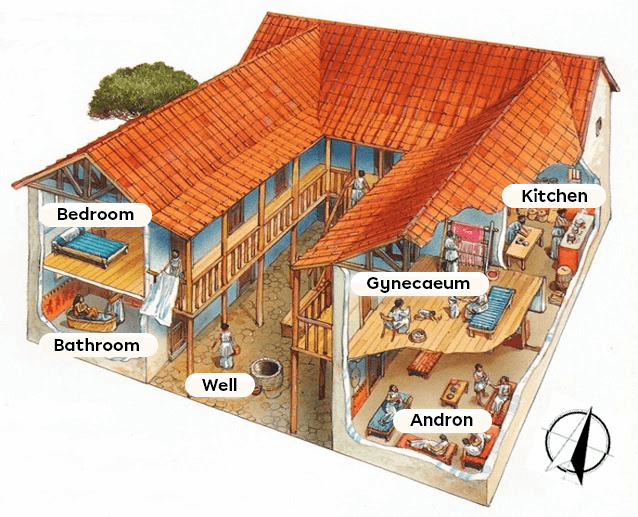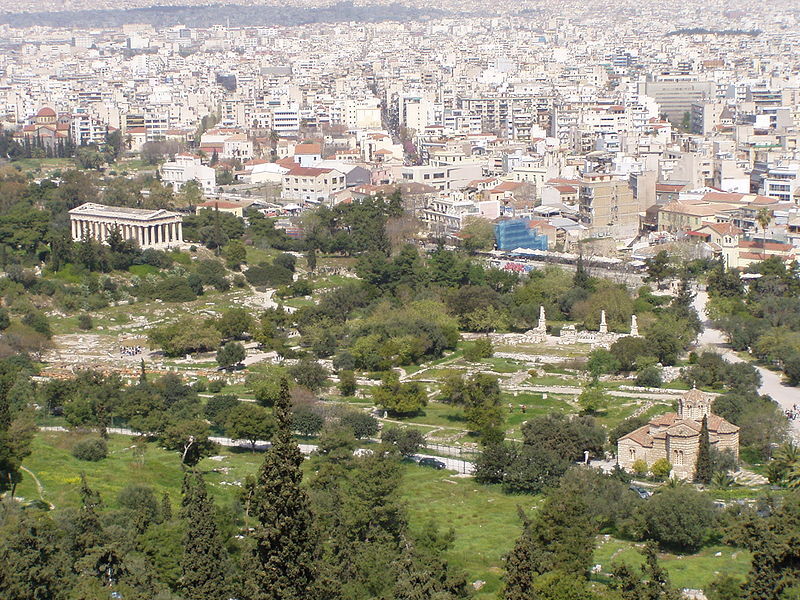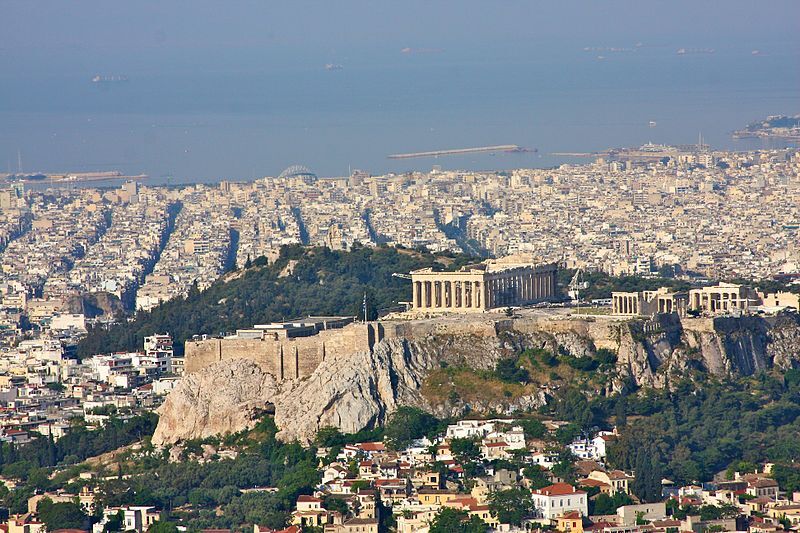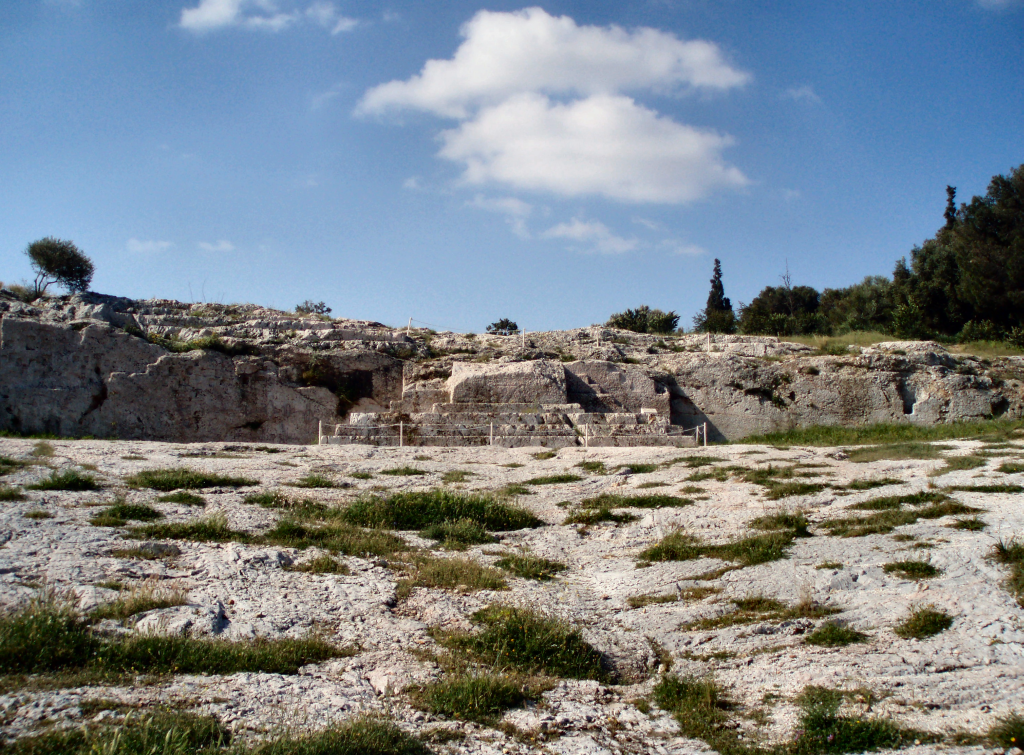In almost all societies, places can be divided into two categories: public and private spaces. Private spaces are reserved for their owners, who are the only ones with access to them. Public spaces, on the other hand, are accessible to all members of society.
In the city-state of Athens, public spaces are very important, as this is where politics are discussed. Private spaces are generally limited to the Athenian home.
Private space in Athens was limited to the family home. The urban house (at the centre of the city-state) consisted of several rooms (bedroom, kitchen) arranged around an inner courtyard. This courtyard was used for work, leisure and study. The Athenian house had very few common rooms. Both men and women had rooms reserved for them.

The home of a wealthy Athenian family.
This room, reserved exclusively for women, was used both for their domestic work (weaving wool, mending clothes, etc.) and for bringing up their children. The mother would educate her daughter in this room to make her a model wife and carry out her household chores.
This room was used as a reception room. Usually the most decorated, it added to the social prestige when neighbours visited. In fact, it was the only room that hosts invited their guests to visit.

The Agora in Athens, a place where the citizens of the city could meet and discuss.
The Agora is located in the centre of Athens. In ancient times, it served as the city's market place, selling fruit and vegetables, relics, clothes and more. Citizens (among others) would walk around the Agora to philosophise in groups and exchange ideas. The Agora was also home to a number of public buildings, including courts and gymnasiums.

The Acropolis in Athens was home to several temples, including that of Athena, the city's patron goddess. In the image, the large temple on the Acropolis is called the Parthenon.
The Acropolis means ‘high city’ (akra polis) and was used in ancient Greece to protect the king from enemy attack. For this reason, every ancient Greek city-state built ramparts around the highest point of the city. Later, around 430 BC, a number of temples in honour of Greek gods were erected on the Acropolis in Athens, including the Temple of Athena (patron goddess of the city-state), the Erechteion (cross-shaped temple) and the Parthenon (majestic temple with multiple columns housing the statue of Athena).

The Pnyx hill and its stone platform. It was on this mound that citizens wishing to address the Ecclesia had to climb.
The Pnyx hill in Athens was the seat of the Ecclesia. It was here that the assembly of citizens met. They voted on laws and the budget by a show of hands. It was here that democracy was practised.